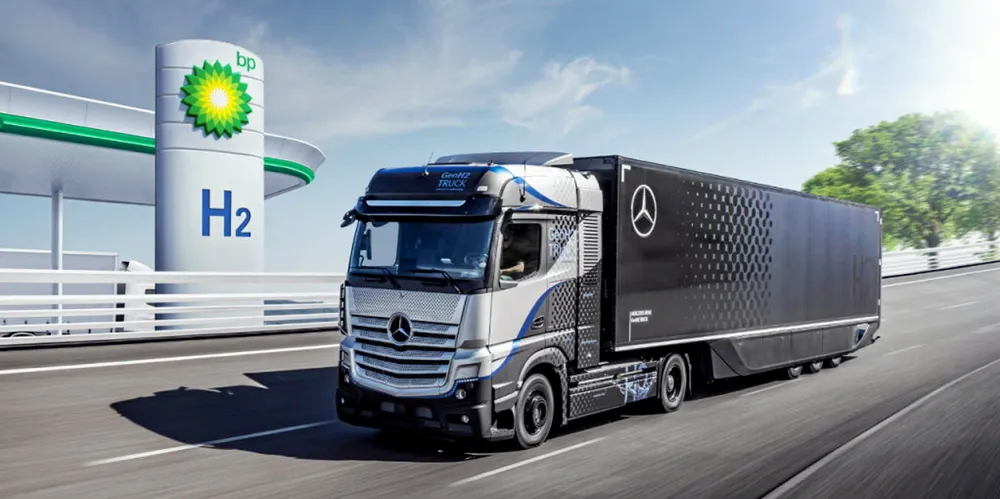Green hydrogen frenzy, North Sea 2.0 takes shape, and offshore wind's zero-subsidy recipe
Our curation of the must-read news and analysis from the-week-that-was in the global renewables industry

Our curation of the must-read news and analysis from the-week-that-was in the global renewables industry
